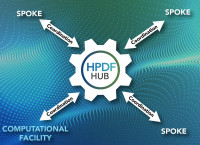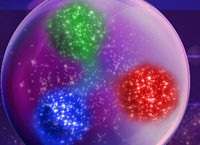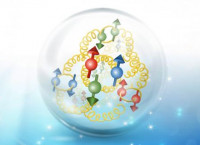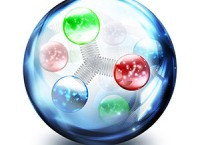Multi-Lab Partnerships are valuable because they enable the efficient sharing of resources, fostering collaboration and innovation. By combining complementary expertise from different laboratories, researchers can tackle complex problems, leading to enhanced productivity and higher-quality outcomes. These partnerships also provide networking opportunities and access to diverse data sets, promoting a multidisciplinary approach to scientific inquiry.
An advanced computational facility that accelerates scientific discovery across U.S. Department of Energy Office of Science programs by providing large-scale, high-performance computing to accelerate and maximize scientific insight.
The Electron-Ion Collider is a machine for delving deeper than ever before into the building blocks of matter, so that we may better understand the matter within us and its role in the universe around us.
The original Linac Coherent Light Source (LCLS) currently produces the world’s brightest X-ray pulses for research. When it came online in 2009, the machine enabled new areas of science, opening frontiers in imaging single nanoscale particles and in understanding chemistry on the natural timescales of reactions.
As part of a multi-laboratory collaboration, Jefferson Lab was engaged in the fabrication, assembly, and testing of 23 cryomodules for the superconducting linac portion of the Spallation Neutron Source (SNS) at Oak Ridge National Laboratory. The superconducting linac is designed to accelerate protons to an energy of 1 GeV onto a mercury target.






